Wave CFD Simulation Tutorial | Modeling Offshore Column Vibration with 2-way FSI in Fluent
Wave CFD Simulation Tutorial | Modeling Offshore Column Vibration with 2-way FSI in Fluent
- Upon ordering this product, you will be provided with a geometry file, a mesh file, and an in-depth Training Video that offers a step-by-step training on the simulation process.
- For any more inquiries regarding the product, please do not hesitate to reach out to us at info@CFDLAND.com or through our online support assistant.
€190 Original price was: €190.€175Current price is: €175.
Introduction: The Engineering of Wave-Structure Interaction
From an engineering viewpoint, understanding the vibration under wave forces is critical for the safety and design life of offshore structures. This tutorial demonstrates a Fluid-structure Interaction CFD-Mechanical simulation to analyze this complex problem. The core of the analysis is a 2-way FSI CFD coupling. This means the wave creates a fluid pressure load that causes the structure to deform, and importantly, the structure’s resulting vibration then changes the flow of the water around it. This continuous feedback loop is a key part of the physics. A Wave Fluent analysis provides the tools to solve this dynamic motion. To do this, we use the VOF (Volume of Fluid) method inside ANSYS Fluent to capture the free surface of the waves and the Dynamic Mesh technique to allow the structure to move in response to these loads.
Figure 1: Wave CFD Simulation and offshore column vibration FSI modeling
Simulation Process | Modeling with 2-way FSI Transient Structural & Fluent
The simulation process for this Fluid-structure Interaction CFD project began with creating the geometry, which includes a steel column inside a fluid domain representing the sea. The key to the analysis is the 2-way FSI CFD coupling, which connects ANSYS Fluent for the fluid dynamics with ANSYS Transient Structural for the structural analysis. This setup ensures that the forces from the Wave Simulation affect the column, and the column’s vibration, in turn, affects the water flow.
Inside ANSYS Fluent, the VOF multiphase model was used. This is essential for a Wave CFD simulation because it accurately tracks the air-water interface. We used the Open Channel Wave boundary condition to generate realistic ocean waves. Because the column moves, a Dynamic Mesh is critical. The Smoothing and Remeshing methods were activated to update the mesh as the column vibrates, which keeps the mesh quality high throughout this transient Vibration under wave Fluent simulation.
Post-processing | Analysis of Vibration Under Wave Loads
The post-processing results from our 2-way FSI CFD simulation show the column’s dynamic response. The graph of total deformation shows a periodic vibration that follows the wave frequency. A key engineering finding is that the maximum deformation reaches 1.44×10⁻⁴ meters when the largest waves impact the column. This analysis, which covers 4.24 seconds of simulation time, is critical for engineers to predict fatigue damage and ensure the structure’s vibration levels are safe. This oscillating behavior is a classic example of a structural response in a Fluid-structure Interaction Fluent analysis.
Figure 1: Deformation contour in a Fluid-Structure Interaction Fluent simulation.
The detailed results show the state of the FSI at specific moments. For instance, the deformation field at time = 0.59 seconds shows the maximum displacement is 1.4003×10⁻⁵ meters at the top of the column, which behaves as expected from structural theory. In a separate view from the Wave Fluent simulation at time = 4.2 seconds, the volume fraction contour clearly shows the wave interacting with the column. The VOF method accurately tracks the water surface. This complete Wave Simulation gives a full picture of the FSI behavior, and the Dynamic Mesh adapted perfectly to the column’s motion.
Figure 2: Time history of total deformation from a 2-way FSI CFD simulation, analyzing the vibration under wave loads
We pride ourselves on presenting unique products at CFDLAND. We stand out for our scientific rigor and validity. Our products are not based on guesswork or theoretical assumptions like many others. Instead, most of our products are validated using experimental or numerical data from valued scientific journals. Even if direct validation isn’t possible, we build our models and assumptions on the latest research, typically using reference articles to approximate reality.
Yes, we’ll be here . If you have trouble loading files, having technical problems, or have any questions about how to use our products, our technical support team is here to help.
You can load geometry and mesh files, as well as case and data files, using any version of ANSYS Fluent.
€235 Original price was: €235.€175Current price is: €175.

€310 Original price was: €310.€175Current price is: €175.

€190 Original price was: €190.€165Current price is: €165.

€195 Original price was: €195.€145Current price is: €145.

€175 Original price was: €175.€125Current price is: €125.

€245 Original price was: €245.€199Current price is: €199.


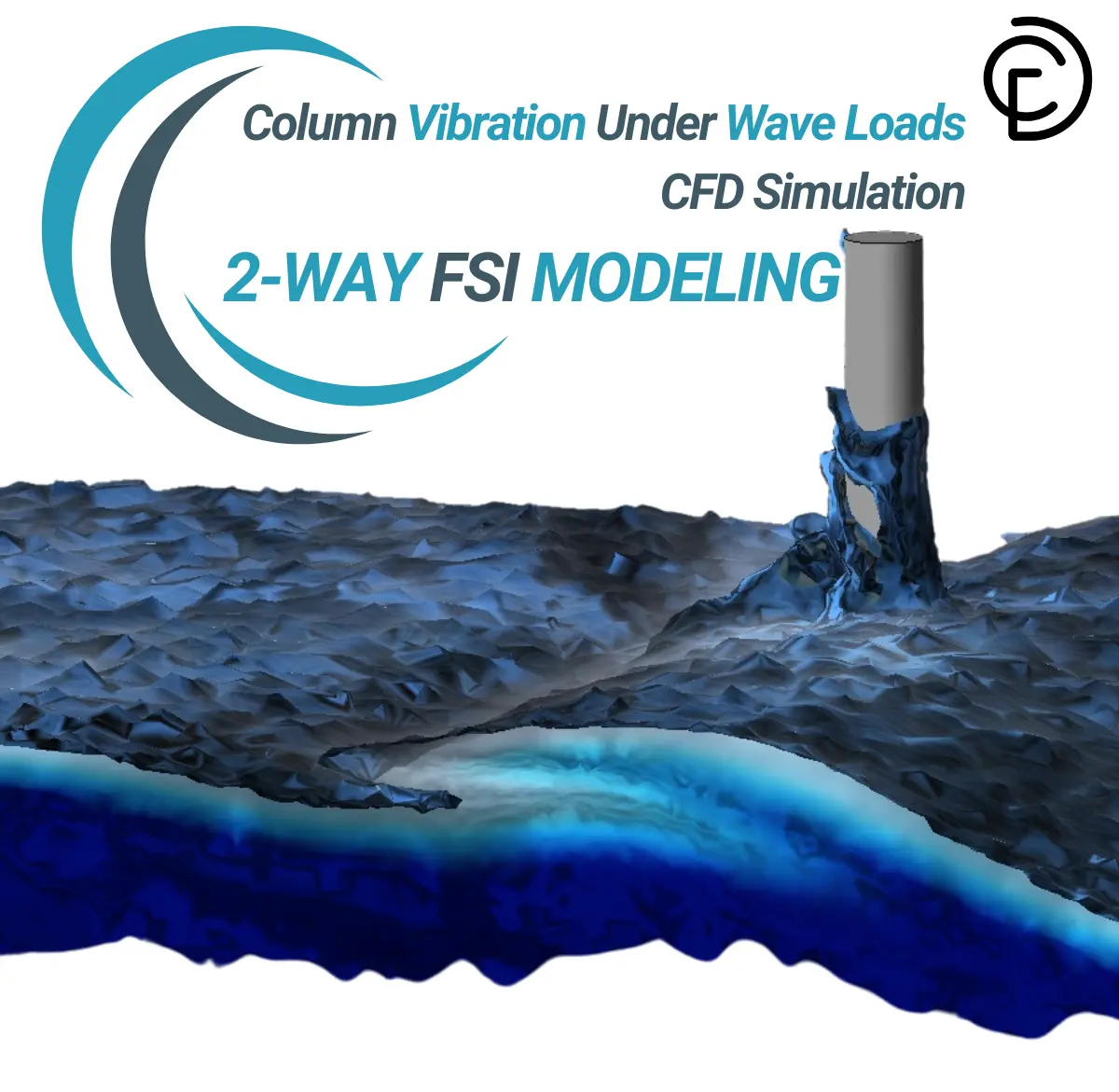
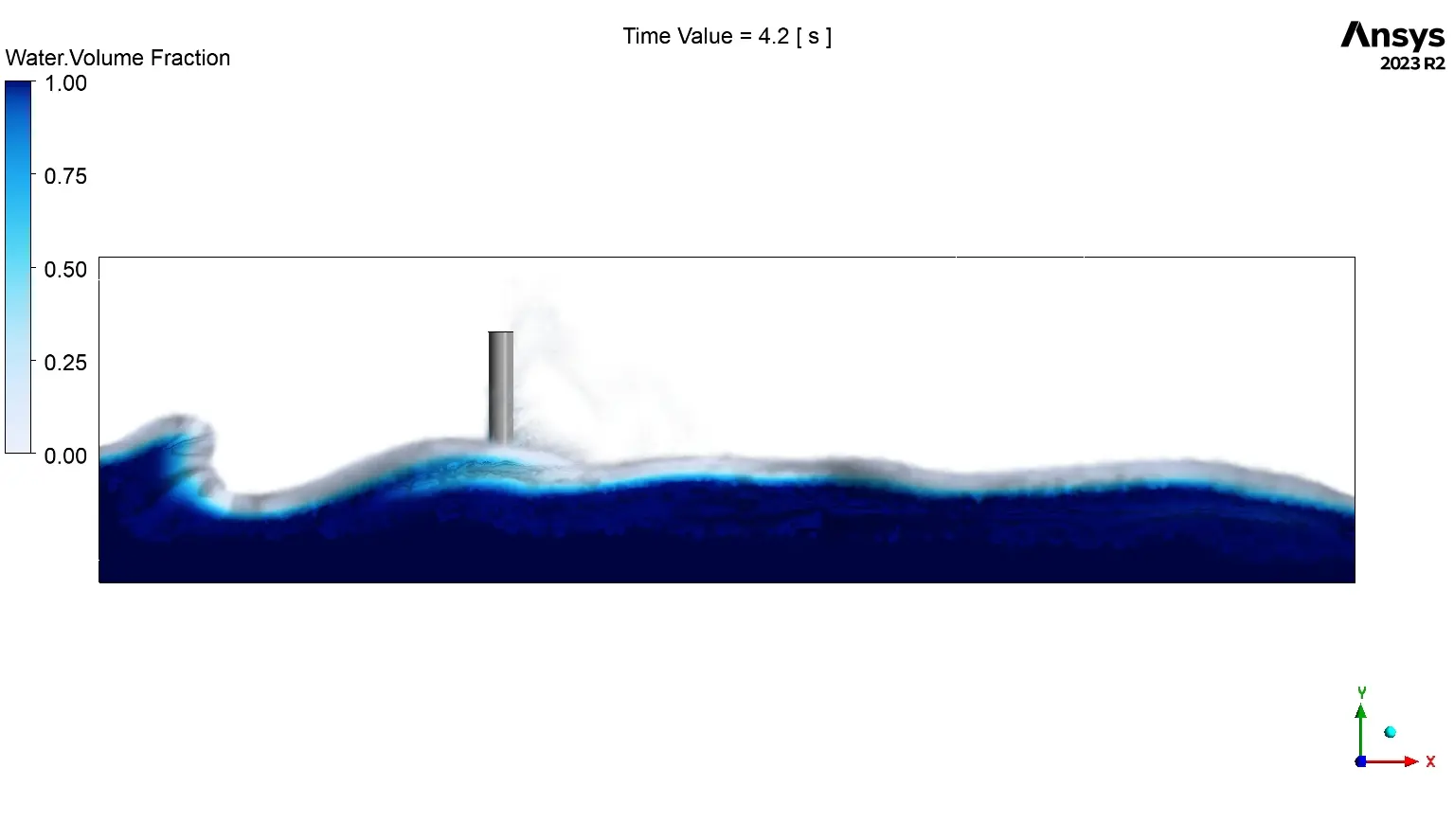
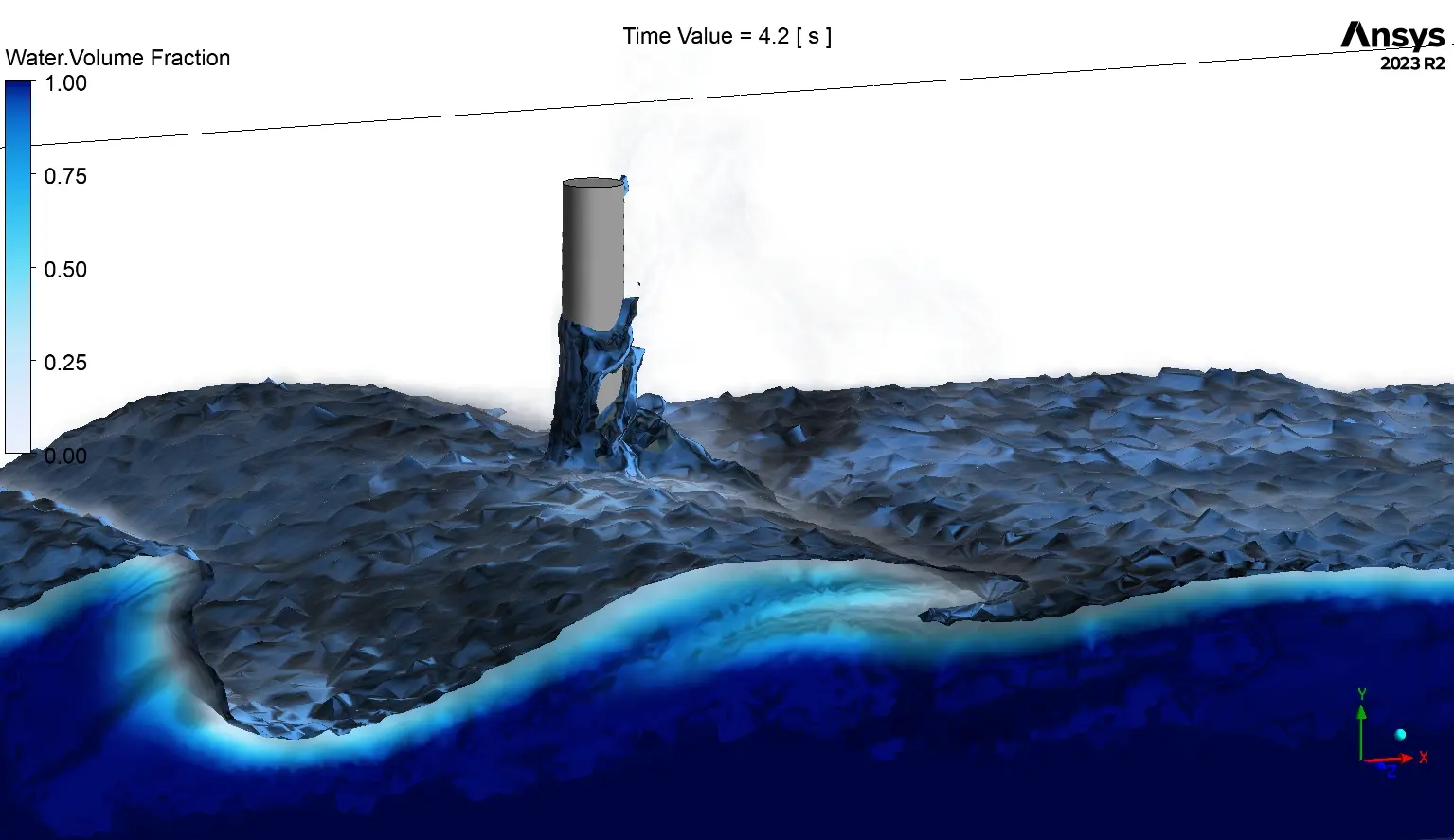

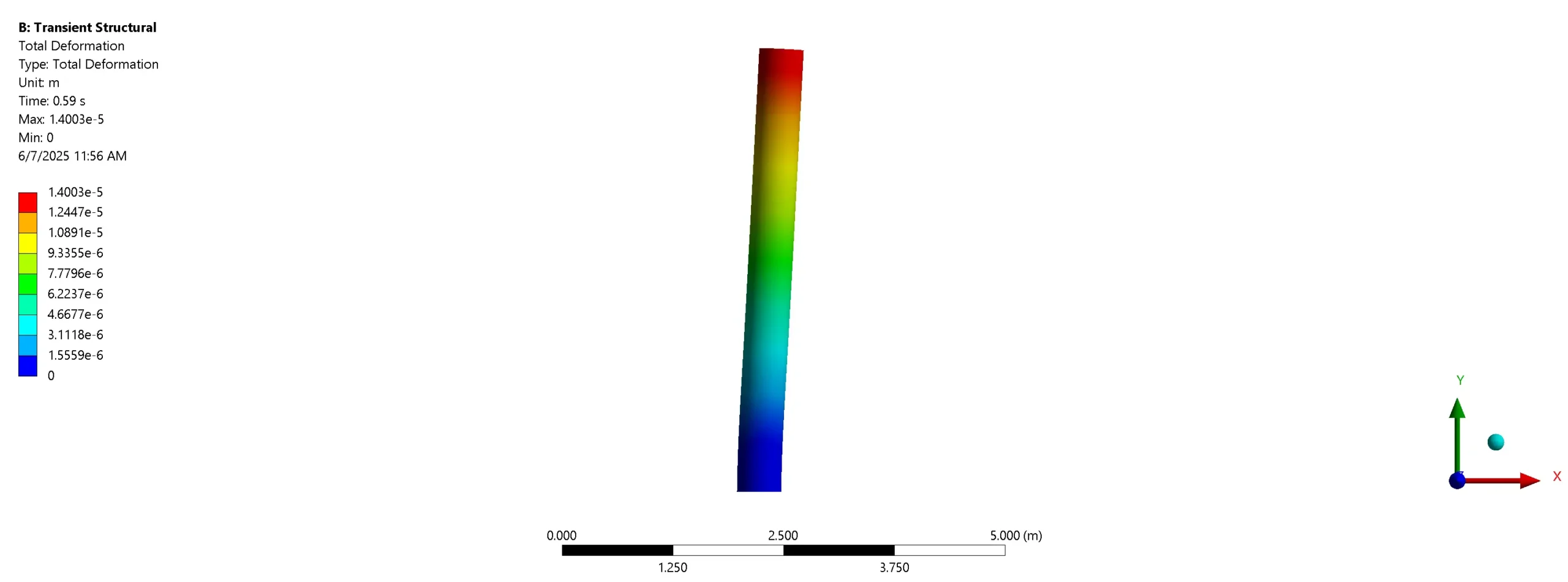
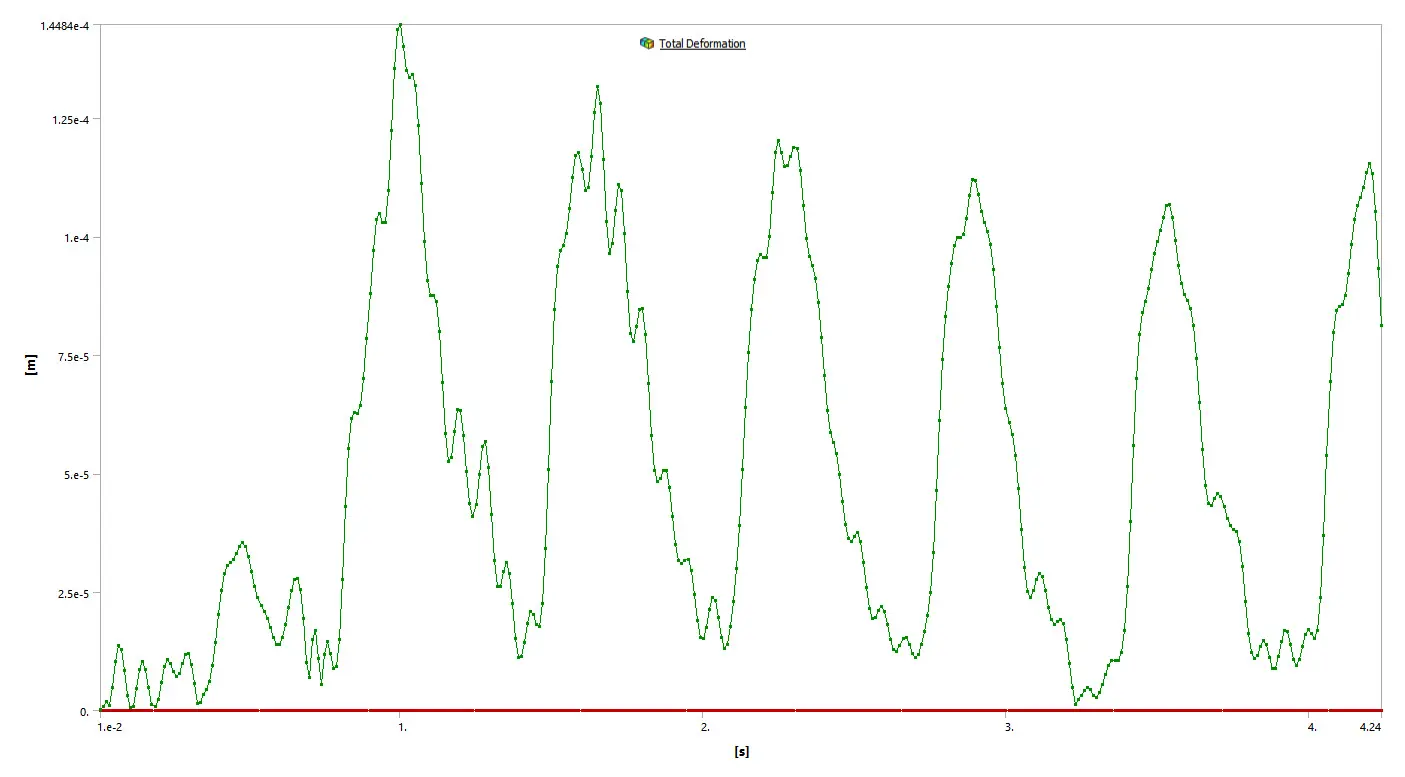








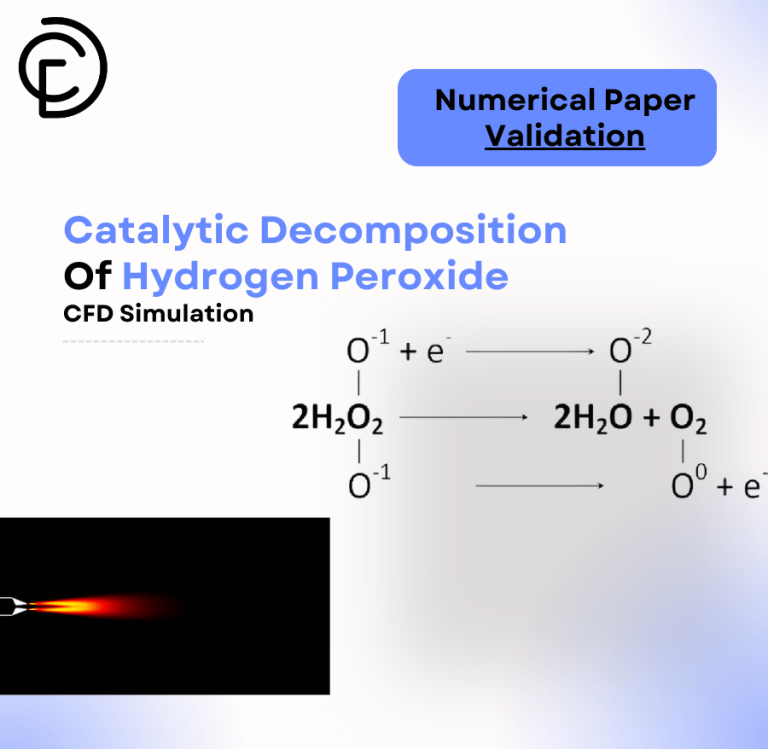



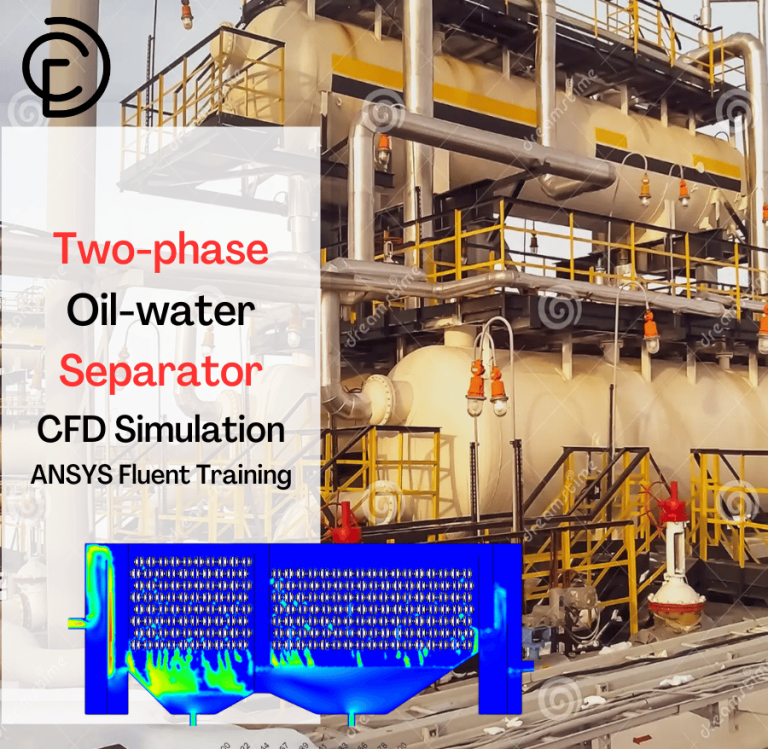
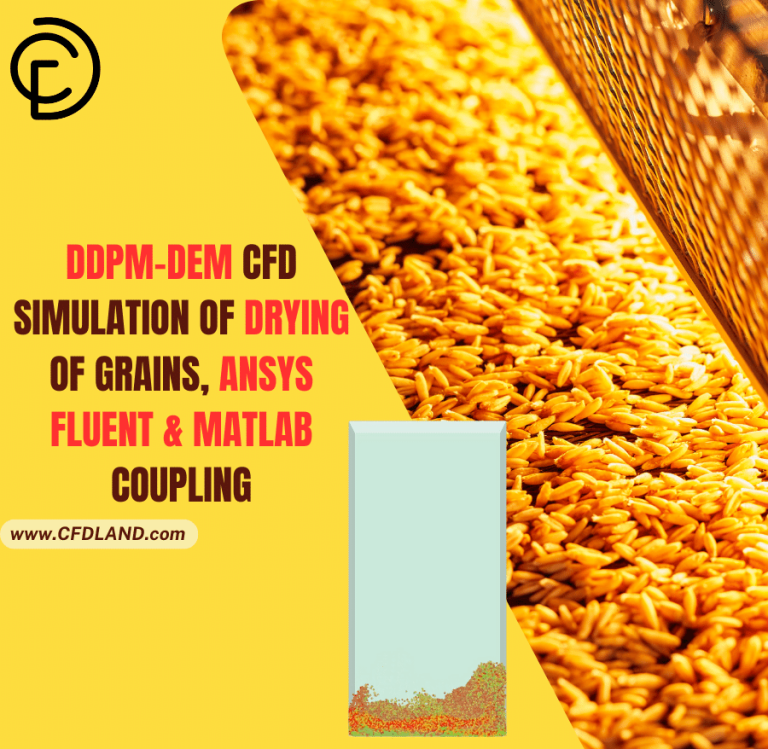
Reviews
There are no reviews yet.